Unlocking Family Clues: The Power of Naming Patterns in Genealogy
- Tammy Bigger
.png/v1/fill/w_320,h_320/file.jpg)
- Jul 2
- 2 min read

What Are Naming Patterns?
Naming patterns are traditional ways of naming children, often based on honoring parents, grandparents, or other relatives. These patterns were especially common in the 18th and 19th centuries, though some families still follow them today.
While not every family strictly adhered to these customs, recognizing common naming traditions can help you:
✔️ Identify possible family relationships
✔️ Differentiate between individuals with the same name
✔️ Predict missing relatives or uncover overlooked records
Common Naming Traditions by Culture
1. Scottish & Irish Naming Pattern (Traditional)
This system was widely followed, particularly in rural areas and older generations:
1st son named after the father's father
2nd son named after the mother's father
3rd son named after the father
4th son named after the father's eldest brother
1st daughter named after the mother's mother
2nd daughter named after the father's mother
3rd daughter named after the mother
4th daughter named after the mother's eldest sister
Tip: If you notice this pattern in your family tree, it can help confirm family connections — or raise red flags if the expected names are missing.
2. English Naming Traditions
English families often named children after relatives, but with more flexibility. You might see:
The eldest son named after the paternal grandfather
The eldest daughter named after the maternal grandmother
Later children named after uncles, aunts, or godparents
3. Dutch Naming Patterns
The Dutch often followed a very specific order:
1st son after the paternal grandfather
2nd son after the maternal grandfather
1st daughter after the maternal grandmother
2nd daughter after the paternal grandmother
4. Other Cultures
Many European, Scandinavian, and even some early North American families followed similar traditions. Some cultures incorporated religious naming practices, such as naming children after saints or feast day patrons.
Naming Patterns Are Clues — Not Guarantees
It’s important to remember that naming patterns are guidelines, not strict rules. Life events such as the death of a child, remarriages, or personal preferences could alter these traditions. But when you notice repeating names — especially when paired with locations and dates — they can point you in the right direction.
Naming Clues to Watch For
✔️ Recycled Names — It's common to reuse the name of a deceased child for the next baby
✔️ Middle Names with Meaning — Middle names often honor a family surname or relative
✔️ Clues to Maiden Names — A child’s middle name may reflect the mother’s maiden name or an ancestral surname
✔️ Clusters of Similar Names — Multiple cousins with the same name? That could indicate shared grandparents or great-grandparents
Final Thoughts
In genealogy, every clue matters — and names are often your first breadcrumb trail. By paying close attention to naming patterns, you may uncover missing pieces of your family puzzle or avoid common pitfalls like confusing individuals with the same name.
So the next time you're staring at a long list of ancestors, ask yourself: "Are these names telling me more than I realize?"





Comments